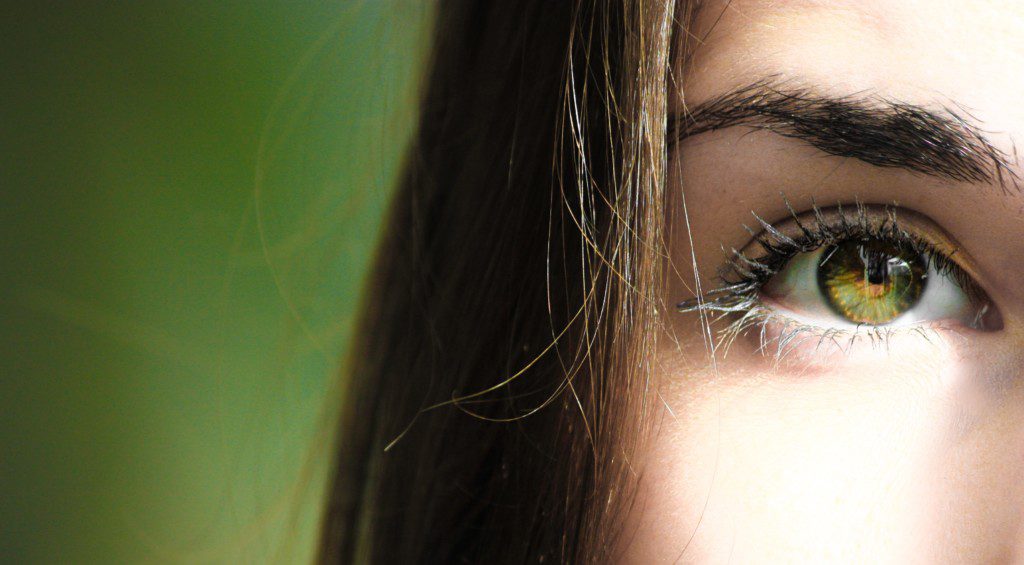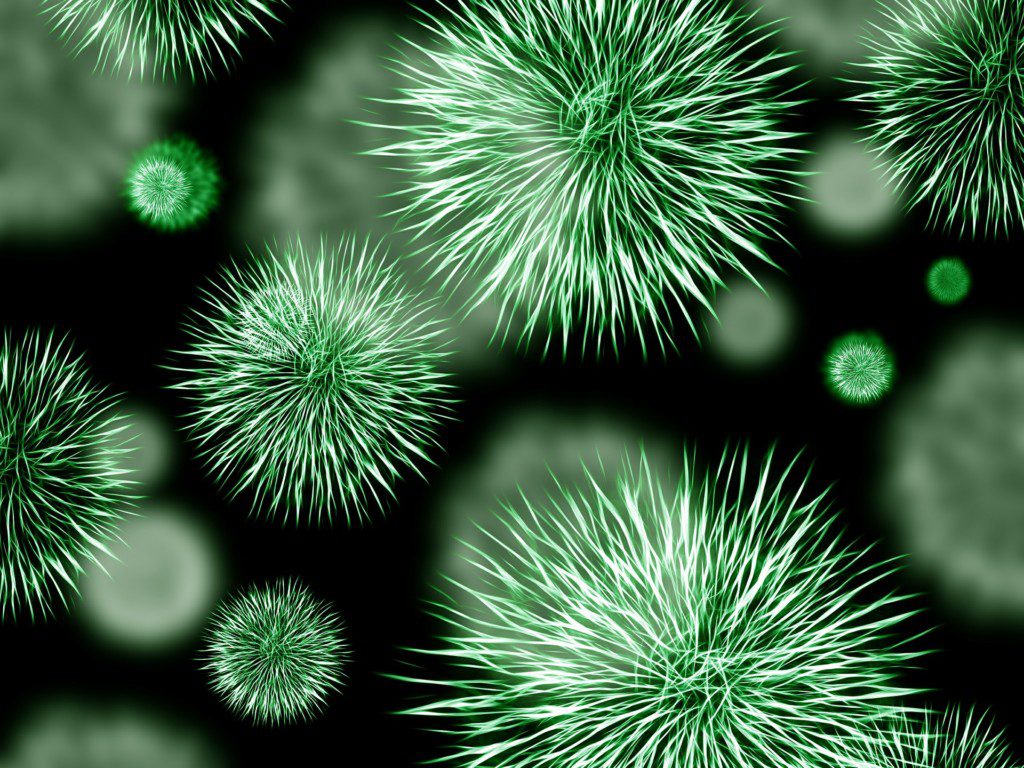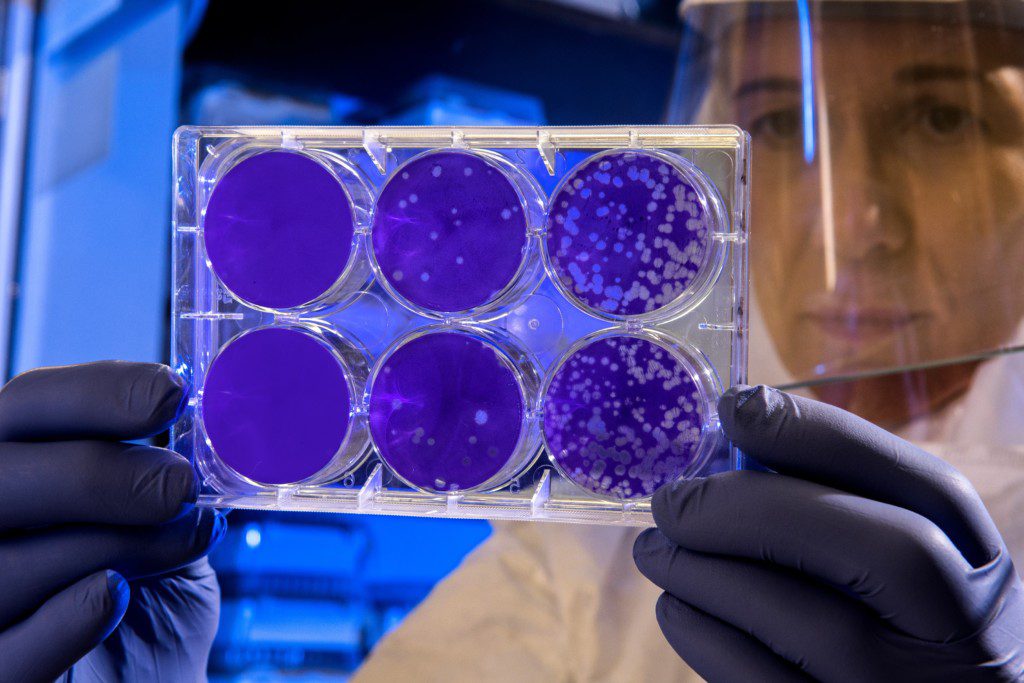What is UV Light?

UV light is a type of light that can’t be seen by the human eye. This electromagnetic radiation is mainly produced from the sun but can be provided from a wide range of sources. The type of ultraviolet light that’s able to effectively get rid of mold is UV-C, which is a very short wavelength of UV light. Because of how beneficial UV light can be at the right amounts, this light is commonly used for disinfection purposes, which can include treating ballast water with UV disinfection.
It’s important to understand what UV light is because of the many applications it has. When using UV light, it’s possible to detect biological materials, disinfect water, and get rid of mold. Ultraviolet light has a frequency that’s higher than regular light, which is why it can penetrate the skin and is effective when used for different applications.
Applications of UV Light
 The many applications of UV light include:
The many applications of UV light include:
- Disinfection for bacteria and viruses
- Drying and curing such materials as coatings and inks
- Tanning
- Hygiene control
- Fluorescent inspection
- Water purification
- Mold elimination
Ultraviolet light can be used for numerous applications because it’s typically placed in a UV lamp. When used correctly, these lamps offer a targeted dose of ultraviolet light, which is why it can kill mold without requiring you to use any additional chemicals.
Will UV Light Actually Kill Mold?

When you use UV light correctly, it will kill mold, mildew, and a range of additional pathogens. While this light can be placed anywhere in your home or facility, UV light is commonly used to kill mold within air conditioning units. While UV light is used by many industries for the purpose of killing mold, its primary application is microbial decontamination for air purification, water treatment, and medical purposes. When used at short wavelength frequencies, ultraviolet light is germicidal, which means that it can destroy and eliminate germs. The short wavelengths of UV light allow for mold to be destroyed as well.
UV light has proven to be highly effective at killing mold because the entirety of the environment where the lamp is being used is blanketed by the light, which allows for the whole area to be disinfected. While manual cleaning methods are able to get rid of mold, these methods are usually much more time-consuming and ineffective. If you install an ultraviolet lamp in an HVAC system, it can keep the entire system free from mold. Keep in mind that the overall effectiveness of UV lights for killing mold depends on the length of time that the mold is exposed to the light as well as the intensity of the light that you’re using. UV lights with higher intensity will typically be more effective at killing mold than less intensive lights.
How Does UV Light Kill Mold?

UV light is able to effectively kill mold because the electromagnetic radiation that it produces is able to work as a disinfectant and can penetrate through organisms. When this light is placed in a lamp and sent out in short wavelengths, these wavelengths will kill most of the mold cells while making sure that the remainder of the cells are unable to reproduce until they die out. Because of how quickly mold can spread, using ultraviolet light can be very effective at keeping mold from spreading and killing it at the same time.
Manually getting rid of mold is ineffective because even one missed spot of mold can reproduce and cause mold to spread at the same rate that it was before you cleaned the area. When using ultraviolet light, the entire area that the light is spread over should be rid of mold in a short period of time. When the ultraviolet rays come across mold cells, they damage the nucleic acids that are a part of the mold.
Steps to Kill Mold with UV Light
The first step towards killing mold with UV light is to obtain a UV-C lamp, of which there are many different types and sizes to account for a range of needs. Once you’ve purchased a UV-C lamp, your next step is to identify all of the surfaces that are currently infested with the mold fungus. Any surfaces you miss could allow the mold to live on and continue spreading throughout your home or business.
Once you’ve determined which surfaces have mold on them, you should keep the UV-C lamp around two inches away from the mold in question. Every other light source in the room will need to be turned off in order for the UV light to get rid of all of the mold. This includes any doors and windows that could let small amounts of light in. Leave the room for a period of 1-2 hours, after which the mold should be eliminated. Repeat this process for any surfaces where mold has been found.
Make sure that you avoid looking directly at the light once it’s turned on. While there are special UV glasses that will protect your eyes, your eyesight could be damaged if you’re wearing standard eyeglasses. Whenever you handle a UV bulb, it’s important that you wear gloves of some sort to keep the bulb from damaging your skin.
Is UV Light Effective in Killing Mold?

UV light is very effective at killing mold. Because this light directly penetrates the mold cells and damages the nucleic acids, the mold cells eventually die off after a period of an hour or two. The two other common methods that are used for killing mold include manually getting rid of the mold and using a fogging machine. If you decide to manually clean the mold in your home, you will need to combine water with some type of chemical, the primary of which is bleach. When using this method, each spot of mold must be tended to, which can make for a very time-consuming and exhausting process. It’s also easy to miss a spot when attempting to manually kill mold. The cleaning agents that you use can be harmful to the skin, which means that extra precautions must be taken.
As for fogging machines, cold thermal foggers are the main machines used to kill mold. When paired with an AC unit, they spray a disinfectant through the system to damage and kill the mold. The main benefit of using this method is that the spray can reach all aspects of the system as opposed to a single area. However, it’s also possible that the spray could damage the circuit board of the HVAC unit.
The main advantages of using UV light to kill mold include:
- Can kill mold more rapidly than other methods
- Is typically more effective than alternatives
- Allows you to avoid using chemicals
- Should eradicate 99.9 percent of mold cells
The primary disadvantages of using a UV light to kill mold include:
- These lights will need to be applied to every surface the mold is on
- UV lamp must be placed at the right distance for mold cells to be killed
The Bottom Line On UV Light Killing Mold
 The bottom line on using UV lights to kill mold is that doing so should eliminate all of the mold in your home or business without requiring you to use harmful chemicals or install costly foggers. Because the light penetrates the mold, it’s very effective at eliminating mold within the target area of the lamp. A great aspect of using UV light to kill mold is that UV-C lamps can be used across many different applications, which include air purification, food disinfection, the disinfection of furniture, and drying and curing purposes.
The bottom line on using UV lights to kill mold is that doing so should eliminate all of the mold in your home or business without requiring you to use harmful chemicals or install costly foggers. Because the light penetrates the mold, it’s very effective at eliminating mold within the target area of the lamp. A great aspect of using UV light to kill mold is that UV-C lamps can be used across many different applications, which include air purification, food disinfection, the disinfection of furniture, and drying and curing purposes.
If you want to start using a UV light to kill mold, all you need to do is purchase a UV lamp, of which there are numerous types available to you. These lamps can also vary significantly in cost. By placing the light directly in front of the mold, you should be able to get rid of the mold in just a couple of hours. If you want to use UV light for water purification purposes, you might want to consider UVT monitoring to identify the amount of organic matter in your water.
What Sensors Are Used for UVT Monitoring?
By completing these measurements, you can determine how effective your disinfectant is or monitor the quality of your source water. The primary sensors that we provide for UVT monitoring include the UVT-LED-SW and the UVT-LED-H, both of which provide accurate measurements. You could also monitor the quality of your water with a DO sensor like the ODO8000/9000 or a pH sensor such as the S272 pH sensor.
Contact Sensorex today to learn more about all of the water sensors we provide and what they can do for you.






